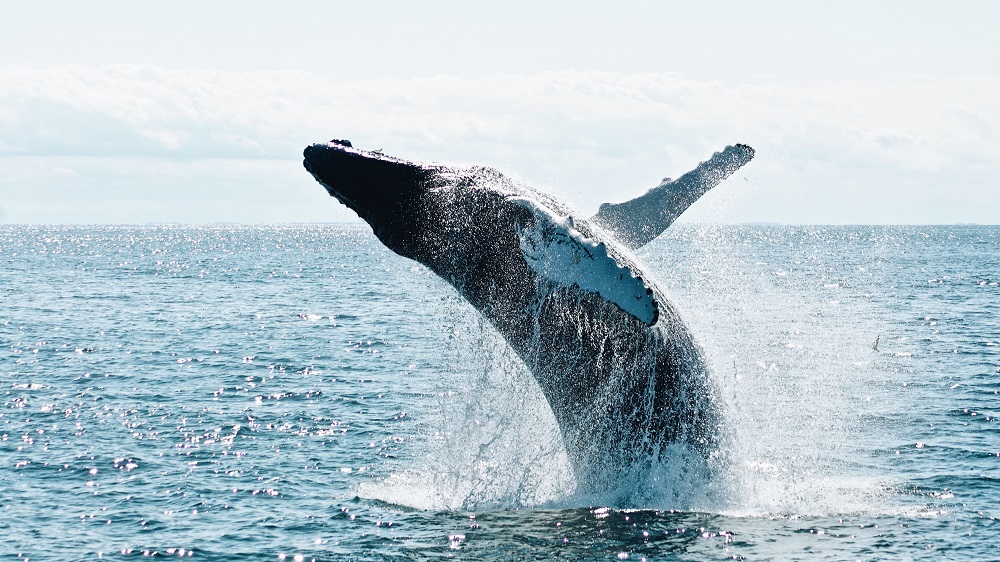New technology could save whales in Southern California waters from ship collisions.
Called Whale Safe, the new detection system provides mariners with up to date information about whales present in shipping lanes. The technology includes a near real-time map of the whale’s whereabouts and predicts the likelihood of a ship encountering one.
The busiest port complex in the world is located in Southern California waters. They’re also home to many blue whales, humpback whales, and dolphins. In 2018 and 2019, the most whale deaths on record for the area took place in the channel. While the official figure stands at 21 for these two years, experts predict the true figure is much higher. This is because whale bodies often sink to the ocean floor after death.
In a bid to reduce the number of whale deaths, a team of researchers from the University of California, the University of Washington, the Benioff Ocean Initiative, Woods Hole Oceanographic Institution, and the National Oceanographic and Atmospheric Administration worked together to develop the new detection system.
The system includes an underwater microphone, which listens for whale song in the Santa Barbara channel. After identifying which species the song belongs to, it communicates the data to a satellite. It also includes a smartphone app, which records whale sightings.
Using information from blue whale tagging studies and oceanographic data, a mathematical model also predicts where the blue whales are likely to be swimming.

‘I Think of Whales As Being Like Giant Kids’
It’s not the first time whale protections have been put in place in the channel. In 2007, a voluntary speed reduction zone, with a speed limit of 10 knots, was introduced. Put simply, the slower the ships the travel, the more chance they have of avoiding a whale collision.
According to Doug McCauley, director of the Benioff Ocean Initiative, it’s similar to a reduced speed limit outside of a school. He told Smithsonian Magazine: “I think of whales as being like giant kids. If they’re wrapped up in feeding and socializing, they’re not focused on looking out for ships.”
Whale Safe will also monitor which ships are adhering to the voluntary speed restrictions and rate them based on their performance.
McCauley added: “We ask cars to slow down around schools to keep kids safe, and these speed restrictions for whales are the same idea.“


